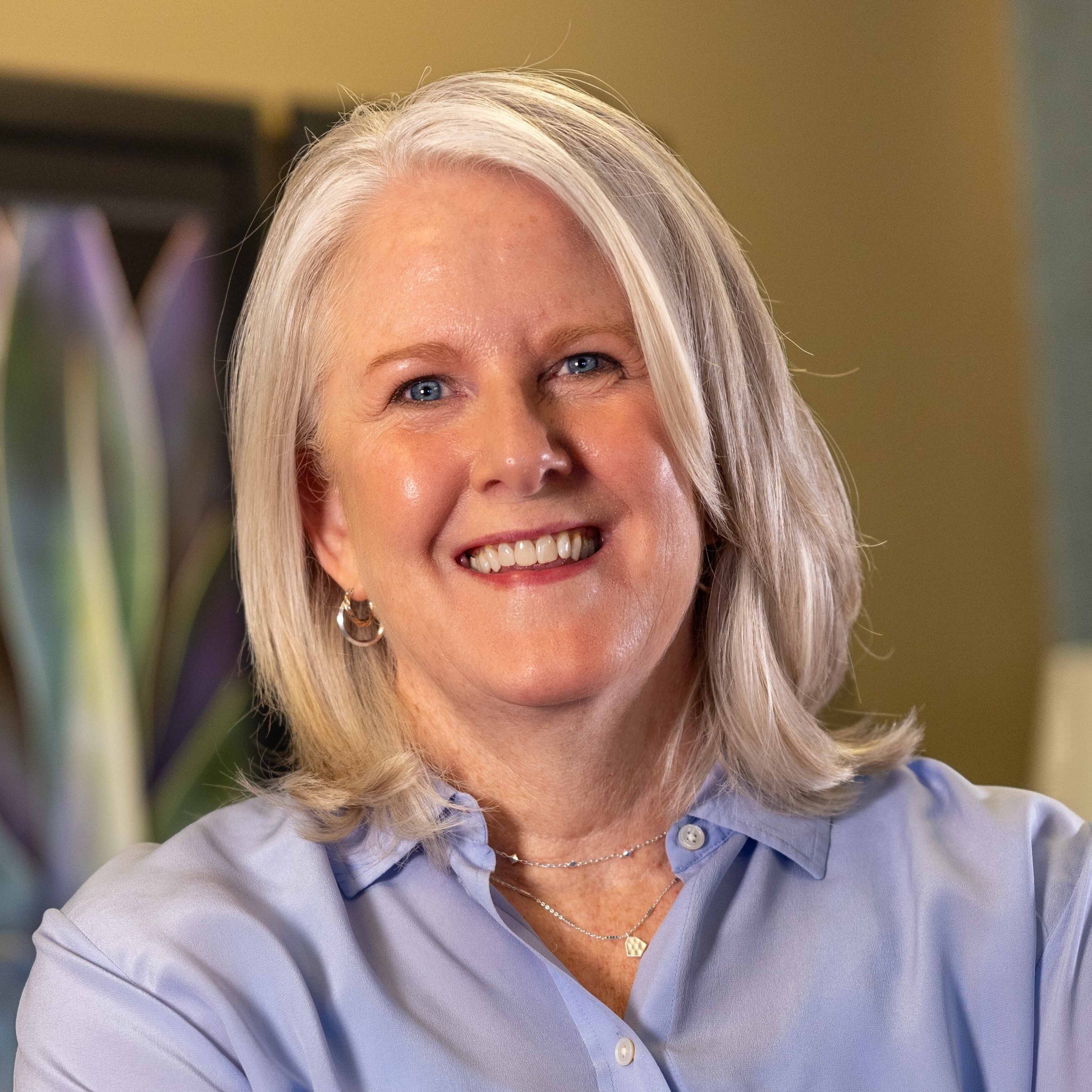Congress passed SECURE Act 2.0 in December of 2022. There are over 100 provisions of the act, and it affects people from all walks of life. This article will outline how people with higher income or wealth could be impacted.

Required Minimum Distributions Age Increase
Required Minimum Distributions (RMDs) from Individual Retirement Accounts (IRAs) or Employer Retirement accounts have been pushed back to age 73 if you were born between 1951-1959 and to age 75 if born in 1960 or later. This change allows for several things:
1. You can work longer and contribute more to your retirement accounts. If you choose to work longer and because the RMDs age has increased, you can conintiue to contribute longer to your retirement accounts. Currently, those over 50 can contribute up to $30,000 in 2023 to either a traditional 401k, Roth 401k, or similar type of employer account. Contributing $30,000 for three more years gains you $90,000 of savings before growth.
2. You can delay distributions. Potentially, delayed distributions allow for more tax-deferred growth to compound longer. Let’s say you are age 62 and your 401k has $1,000,000 to support your retirement lifestyle. Previously you would need to start your RMDs at age 72–ten years from now. Here are a couple of examples of how delaying RMDs 3 years helps you. The below figures assume $1,000,000 now earning a 5% interest rate. (Note that these are hypothetical numbers and most investments do not have the same rate of return each year):
- No further contributions: If you make no further contribution, you will have $1,628,894 in ten years. If you delay RMDs for 13 years your account will grow to $1,885,649. That’s an additional $256,000 of growth before you have to start taking withdrawals and getting taxed.
- You continue to contribute the maximum of $30,000: You would have $2,006,231 if you contributed $30,000 for only ten years. Extend that to 13 years and you would have $2,417,038. That’s an additional $410,807.
3. You may be able to convert more IRA funds to a Roth IRA since you can delay RMDs to 73 or 75. Roth IRA funds grow tax-free. And if you follow the rules then your distributions are also tax-free. A Roth account will also not be subject to income tax for your heirs. When you convert dollars from an IRA to a Roth IRA, you pay tax on the conversion amount in the year of conversion. If you don’t touch those dollars for 5 years and are over the age of 59 1/2, you can take Roth IRA withdrawals and pay no income tax.
The tax you pay on the conversion will depend on what your tax bracket is. Taxable ordinary income may include wages, Social Security, dividends, interest, and withdrawals from retirement accounts. This is where the RMD delay is beneficial: If you don’t have to take retirement account withdrawals, then potentially your income is lower for several years, giving you more room to make Roth Conversions and pay the tax at a lower tax rate. SECURE Act 2.0 just gave you 1-3 more years to potentially convert more dollars to your Roth at a lower tax rate.
Higher Catch Up Limits
1. Catch up increases: The amount you can contribute to your employer retirement account, such as a 401k, in 2023 is $22,500 and the catch-up contribution over the age of 50 is $7,500 making the maximum contribution for those over 50 to be $30,000. If you are a high earner, you have a better chance of being able to contribute this amount. Additionally, the SECURE Act 2.0 indexes the catch up amount and will allow it to increase in increments of $100.
2. A bump for those aged 60-63. Starting in 2025, people aged 60-63 will be able to contribute a bigger catch up that is the greater of $10,000 or 150% of the future regular catch up amount. Again, those with a higher income may have a better chance of being able to invest up to those dollars in their retirement accounts.
Qualified Distributions will be Indexed to Inflation
Currently, those over the age of 70 ½ can gift up to $100,000 per year to charity directly from their IRA. This can have a greater tax reducing impact to them than if they gave from their checkbook. Beginning in 2024, this amount will be indexed to inflation. So generous givers will have the opportunity to gift more from their IRA in coming years.
529 College plans can be transferred to a Roth IRA
Beginning in 2024, if you have held 529 College savings plan for 15 years and didn’t need all of it for your child’s college, you will be able to roll some of it to a Roth IRA. The amount that can be rolled is equal to the Roth IRA contribution limit and there is a $35,000 lifetime cap. Folks with extra assets may decide this is one way to get Roth funds to their kids or grandkids with this provision.
Catch up Contributions May Need to go to Roth 401k
Not all the news is good. Beginning in 2024, 401k catch up contributions must go to Roth 401k for high earners.
As a reminder, when you invest in your 401k, if you invest in the traditional side, you defer taxes on those funds and only pay tax when you take withdrawals, usually during retirement. If you are in a high tax bracket when contributing to your 401k and in a lower bracket in retirement, this method of 401k funding saves you tax dollars as you are paying income tax when your rate is lower in retirement. If you believe your income will be higher in retirement than it is now, investing in the Roth 401k is preferred since you pay the tax while you are in the lower tax bracket-often not the case for high earners.
Starting in 2024, if you have wages of $145,000 or higher the previous year, your catch-up contributions must be invested in the Roth 401k instead of the traditional 401k. This may or may not be good for you. Many high earners paying income tax at the higher brackets when they are working versus in retirement may prefer to save on taxes by investing their catch-up contributions to the traditional portion of the 401k. However with this provision, they won’t have a choice and catch up will go to the Roth side, forcing them to potentially pay more taxes than they would have before the provision.
SECURE ACT 2.0 has provisions that affect almost all age and income groups, but only some may affect any one individual. For high earners, even though they may be forced to pay more tax if contributing catch up contributions to their employer retirement accounts, many of the provisions will benefit them. By taking a strategic approach to map out gifts, contributions, withdrawals and Roth conversion, they may find themselves with more after-tax wealth than they would have without the new law. If you find yourself in this category, it may be time to check in with your financial advisor.




